A retaining wall is a structure designed to hold back soil, rock and water from a structure, or area to prevent erosion or collapse. These walls are typically constructed to stabilize sloped landscapes and provide support for vertical or near-vertical grade changes.
Retaining walls can be made from various materials, including concrete, stone, brick, or timber. They are essential in preventing soil erosion and managing water runoff. Retaining walls also enhance landscape aesthetics, creating level areas for gardens, patios, or driveways. Proper drainage and construction techniques are crucial to ensure the wall’s stability and longevity. Engineering principles, such as understanding soil mechanics and load-bearing capacities, play a vital role in the design and construction of effective retaining walls.
types of retaining walls:
- Gravity Retaining Wall
- Cantilever Retaining Wall
- Sheet Pile Retaining Wall
- Anchored Retaining Wall
- Counterfort Retaining Wall
- Gabion Retaining Wall
- Crib Retaining Wall
What is the purpose of a retaining wall?
the purpose of Retaining walls are provided in structures to prevent soil erosion and landslides by holding back soil and creating a stable, level area. They are essential in managing water runoff, preventing soil movement that can damage foundations and other structures. Retaining walls enable the creation of usable space on slopes for gardens, roads, and buildings. They also enhance the landscape’s aesthetic appeal. Properly designed retaining walls ensure safety and longevity by accommodating changes in soil pressure and drainage, protecting the structural integrity of surrounding areas.
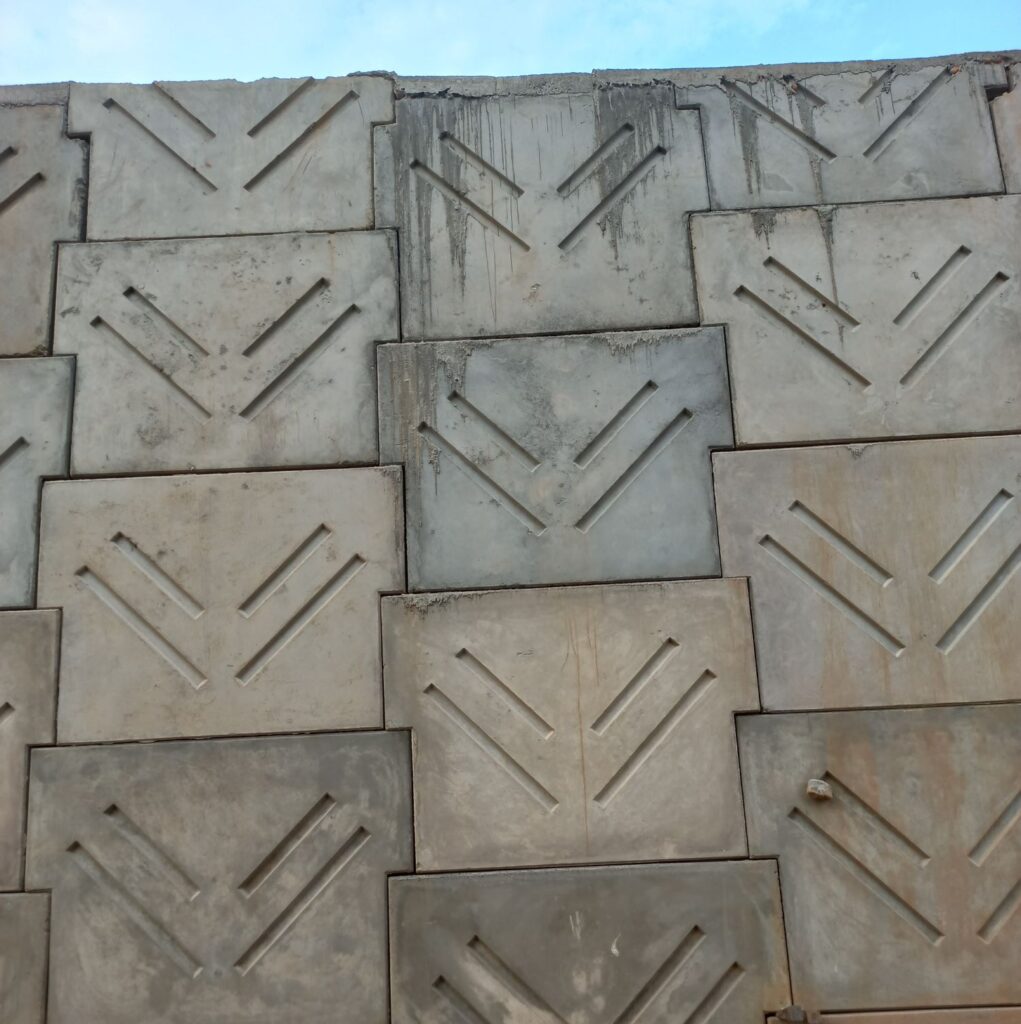
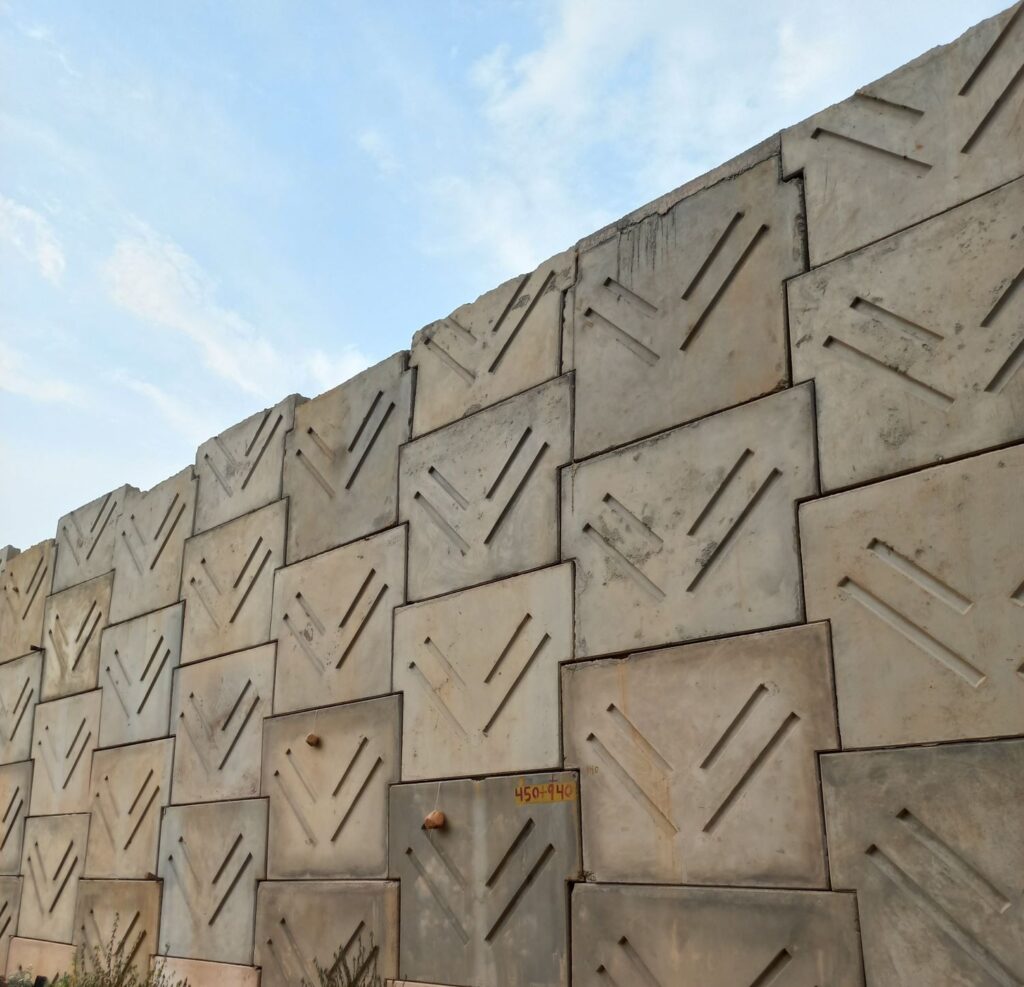
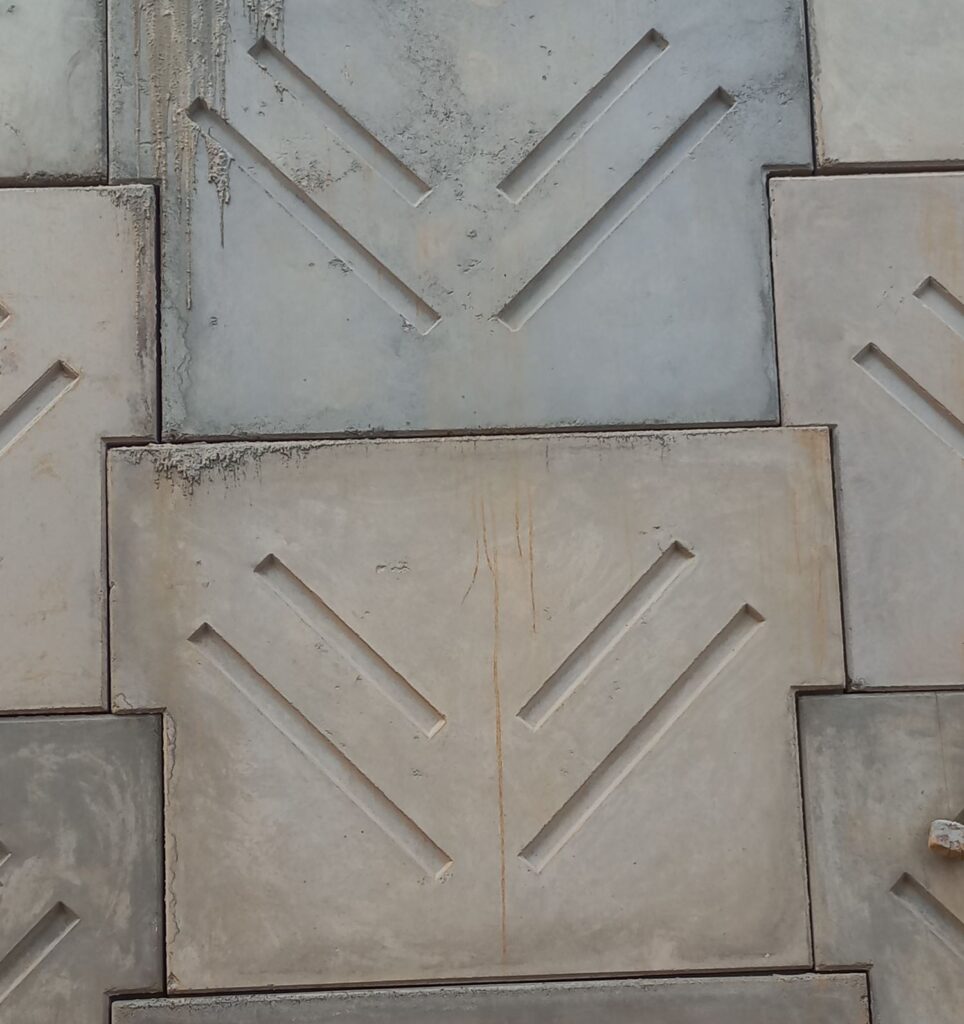
benefits of retaining walls
Erosion Control: Retaining walls prevent soil erosion by holding back soil and stabilizing slopes, especially in areas prone to heavy rainfall.
Increased Usable Space: They create level areas on sloped terrains, making more land available for gardens, patios, driveways, and building foundations.
Structural Support: Retaining walls provide essential support for vertical or near-vertical grade changes, protecting structures from potential soil movement and damage.
Aesthetic Enhancement: They add visual appeal to landscapes, allowing for the incorporation of various materials and designs that complement the surrounding environment.
Water Management: Retaining walls help manage water runoff by directing it away from structures, reducing the risk of flooding and water damage.
conclusion
In conclusion, retaining walls are vital components in both residential and commercial construction, offering numerous benefits such as erosion control, increased usable space, structural support, aesthetic enhancement, and water management. Understanding the different types of retaining walls—gravity, cantilever, and sheet pile—allows for informed decisions based on specific site requirements and budget considerations. Whether constructed from concrete, stone, timber, or innovative materials, retaining walls play a crucial role in ensuring the stability and longevity of landscapes and structures. By effectively managing soil and water, retaining walls not only protect but also beautify our surroundings, making them indispensable in modern construction and landscaping.
What are the three types of retaining walls?
The three main types of retaining walls are gravity walls, which rely on their weight for stability; cantilever walls, which use a thin stem and base slab for support; and sheet pile walls, constructed from steel, vinyl, or wood planks driven into the ground.
What is the purpose of a retaining wall?
The purpose of a retaining wall is to hold back soil and prevent erosion, creating stable, level areas on sloped terrain. They also manage water runoff, protect structures from soil movement, and enhance the aesthetic appeal of landscapes.
What is called retaining wall?
A retaining wall is a structure designed to hold back soil, rock, or water, preventing erosion and stabilizing sloped areas. It supports vertical or near-vertical grade changes, creating usable space and protecting nearby structures.

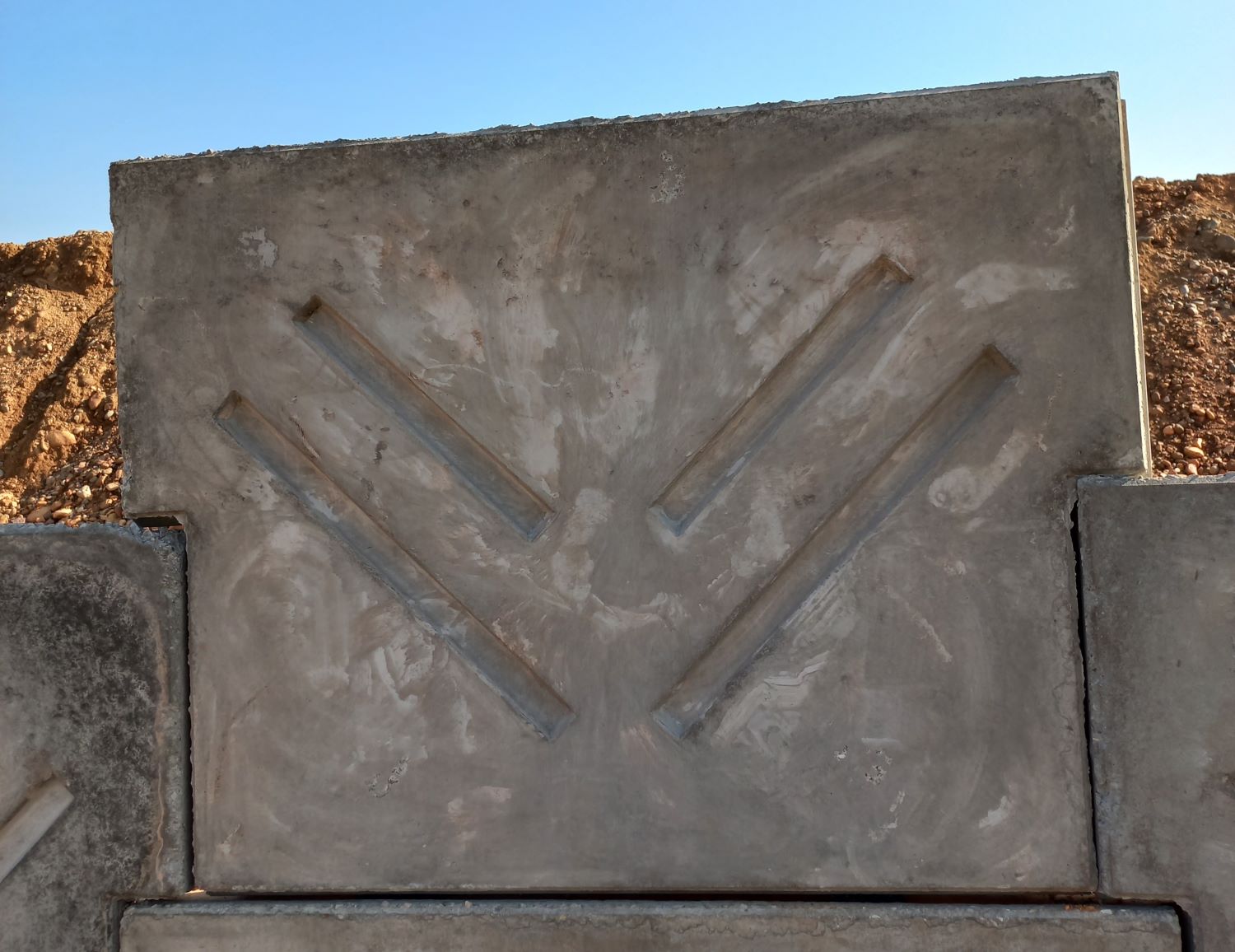
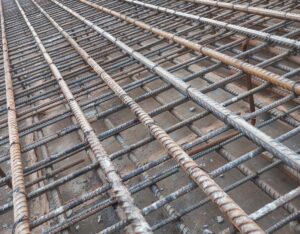
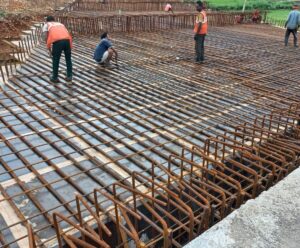
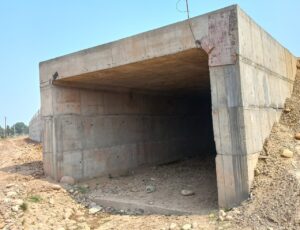
[…] reinforcement earth wall is a type of retaining wall that relies on reinforcing materials like steel or geosynthetics to enhance its stability. These walls are integral in supporting […]
Hey people!!!!!
Good mood and good luck to everyone!!!!!